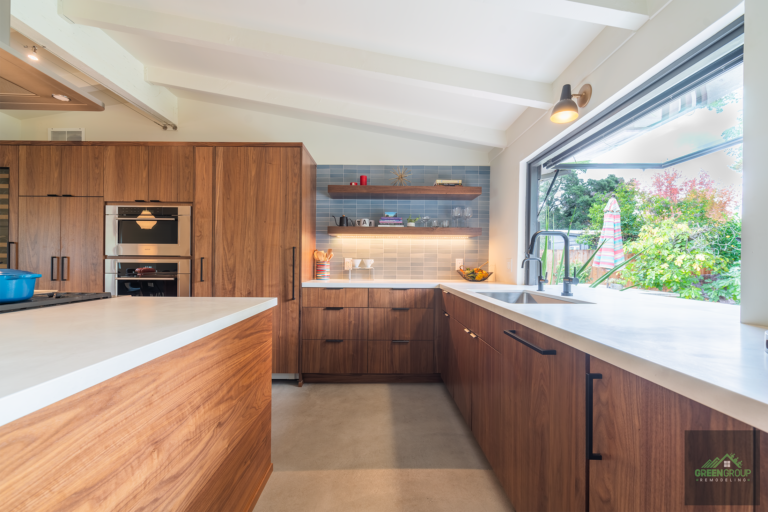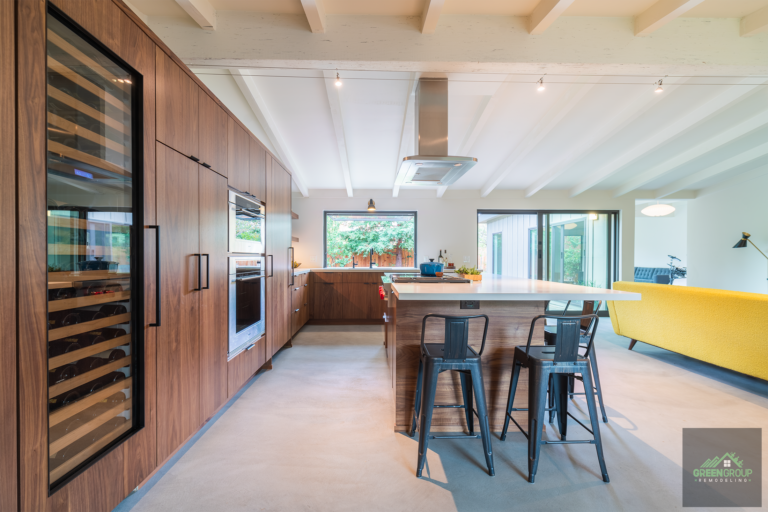There’s nothing worse than a dark, dimly lit kitchen when it comes to cooking or entertaining. Lighting is one of the most important aspects of kitchen design. It is so much more than simply finding a nice piece of hardware to hang up yet it’s often overlooked during renovations. The right lighting not only enhances the functionality of your kitchen but also sets the tone for its overall ambiance. Whether you’re preparing meals, entertaining guests, or enjoying a quiet breakfast, a well-lit kitchen ensures every activity is more enjoyable and efficient.
In this post, we’ll explore recommended lighting for kitchen spaces, including task, ambient, accent, and natural lighting. You’ll discover how to brighten your kitchen effectively and create a space that’s both stylish and functional. Let’s dive into the key lighting strategies that can transform your kitchen into the heart of your home.
The Role of Lighting in a Kitchen
As one of the most-used spaces in any home, the kitchen requires a well-thought-out lighting plan to support a variety of activities, from meal preparation to entertaining guests. Proper lighting can transform the space, making it more inviting, efficient, and stylish. Here are a few things to take into account as you think about our recommended lighting for kitchen spaces:
Types of Kitchen Lighting
A well-lit kitchen relies on a combination of lighting types, each serving a distinct purpose. By layering these types of lighting, you can achieve a balanced and versatile design that enhances both functionality and aesthetics. Here are the main types of kitchen lighting and how they can transform your space:
Task Lighting
Our first recommended lighting for kitchen spaces is task lighting because it is focused and direct, designed to illuminate specific work areas in the kitchen where precision is key. This includes countertops for food prep, sinks for cleaning, and stovetops for cooking.
- Examples: Under-cabinet LED strips, recessed lights above the stove, or pendant lights over an island.
- Benefits: Improves visibility, ensures safety, and enhances efficiency during meal preparation.
Placement Tip: Position task lighting to eliminate shadows in high-use areas.


Ambient Lighting
Next, ambient lighting provides general illumination for the entire kitchen, ensuring the space feels welcoming and evenly lit. It serves as the foundation of your kitchen’s lighting plan.
- Examples: Recessed ceiling lights, flush mounts, chandeliers, or large pendant lights.
- Benefits: Creates a comfortable base layer of light and sets the tone for the room.
Placement Tip: Use dimmable ambient lighting to adjust the brightness based on the time of day or activity.
